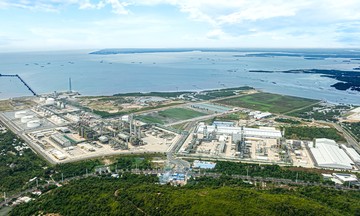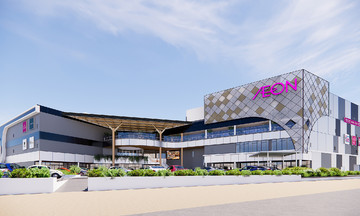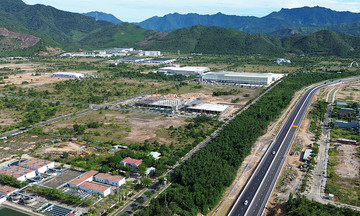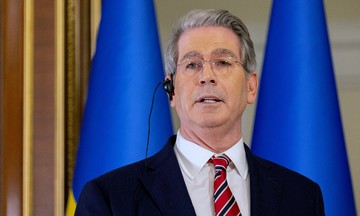In late June, Huawei announced a patent for a solid-state battery using a sulfide electrolyte, which can increase the range of electric vehicles up to 3,000 km, along with ultra-fast charging capabilities – in just 5 minutes. This news immediately intensified the competition in the market where many companies are striving to master this technology. Although commercialization has not yet been announced, the information reflects the interest of manufacturers in innovating battery technology.
In 2/2025, Toyota and Idemitsu announced an investment of over 21 billion JPY (equivalent to 140 million USD) to build a lithium-sulfide production plant, a crucial material in solid-state batteries, sufficient to supply 50,000-60,000 electric vehicles annually from 2027. Previously, CATL, the world's largest battery manufacturer, launched the Shenxing LFP battery capable of charging 400 km in just 10 minutes, and recently introduced the Shenxing Plus version for a range of 600 km with the same charging time.
Automotive groups like BMW, Mercedes-Benz, and Stellantis continue to invest billions of USD in battery technology research. The common goal is to achieve a range of thousands of kilometers with just a few minutes of charging, similar to stopping for gas.
These companies consider this the "new future" of the electric vehicle industry. However, most are still in the research and testing phase. The most promising is the solid-state battery. This type of battery provides more energy within the same volume, reducing battery size. They also offer better thermal stability, are non-flammable, and pose no risk of liquid leakage, significantly reducing the risk of spontaneous combustion and explosions.
However, a major technical hurdle for this type of battery is that the solid electrolyte struggles to absorb the pressures generated by the expansion and contraction of lithium during the charging cycle. These pressures can cause cracks or create dendrites – tiny needle-like structures capable of short-circuiting – posing a significant challenge for the industrialization of solid-state batteries.
The development of these batteries also requires rigorous safety testing. The challenge also lies in building high-capacity charging station infrastructure.
Taking a different approach, StoreDot (Israel), a pioneer in silicon-dominant batteries, launched its ultra-fast charging technology, 100 miles (160 km) in 5 minutes (100in5), in 2024. The company will commercialize 100in4 technology next year and 100in3 in 2028. Backing StoreDot are numerous partners and major investors, including VinES and VinFast (Vietnam).
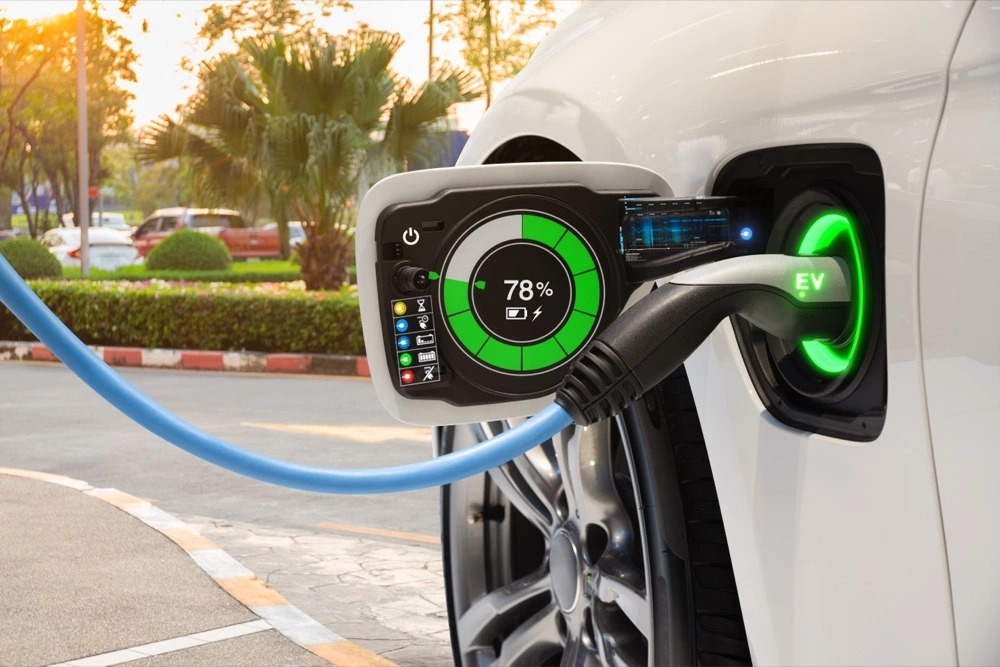 |
Charging an electric vehicle. Photo: Business UK |
Charging an electric vehicle. Photo: Business UK
The race for ultra-fast charging batteries reflects a general market trend, not just for electric vehicles but also impacting other battery-using industries. An IEA survey indicates that charging time remains the biggest barrier preventing consumers from embracing electric vehicles. Over 60% of respondents said they would be willing to switch to EVs if charging times were comparable to refueling (5-10 minutes). Meanwhile, data from Counterpoint Research shows that 80% of smartphones sold in Quarter I/2024 incorporated fast charging technology above 10W, with an average output of 34W.
The habit of instant charging from phones is gradually becoming a general expectation for users of electronic devices and electric vehicles, according to many experts.
Besides the user factor, manufacturers themselves also benefit. With ultra-fast charging capabilities, companies can reduce the battery capacity needed in vehicles while ensuring a smooth driving experience, thereby saving on chassis costs and vehicle weight. Companies can also expand the model of distributed charging stations at public parking spots, instead of investing in massive stations as they do now.
Vietnam also has opportunities in this market through VinES's partnerships with StoreDot. Under the agreement, StoreDot will license and share its ultra-fast charging technology. This creates a foundation for domestic electric vehicle models to soon adopt this technology in commercial products.
Concurrently, Masan High-Tech Materials, the owner of Southeast Asia's largest tungsten mine at Nui Phao (Thai Nguyen), also invested 45 million GBP in Nyobolt (UK). This company specializes in developing fast-charging batteries using tungsten materials. Nyobolt develops technologies that enable 80% charging in 5 minutes, applicable to electric vehicles and industrial equipment. Owning a stake in Nyobolt gives Masan the opportunity to participate in the ultra-fast charging battery industry while boosting its existing mining operations.
Beyond the electric vehicle sector, analysts suggest that ultra-fast charging batteries can expand applications, impacting many economic sectors. In logistics and autonomous equipment, small delivery vehicles or drones will benefit from not having to wait long for charging, increasing the number of delivery rounds per day by 20-30%. The prerequisite is establishing a network of small charging stations (10-20 kW) around distribution centers.
For factories, ports, or data centers, ultra-fast charging batteries can also serve as UPS (uninterruptible power supplies). When electricity prices surge during peak hours, Battery Energy Storage Systems (BESS) can save 10-15% on electricity bills.
Looking further ahead, ultra-fast charging battery solutions can also contribute to Vietnam's renewable energy development direction through clean energy storage solutions. According to the adjusted Power Development Plan VIII approved by the government in April, battery storage solutions are directed to be developed to serve system needs and in combination with renewable energy. BESS is planned to be distributed near wind and solar power centers or within the power system at load centers.
By 2030, the target is to achieve a battery storage capacity of about 10,000-16,300 MW. Towards 2050, the capacity will be expanded to 96,120 MW to align with the high proportion of renewable energy.
According to McKinsey's forecast, the BESS market is transforming with potential in various segments, from large storage systems to small systems serving households. The global BESS market size is projected to reach a value of 120 to 150 billion USD by 2030.
Hoai Phuong







